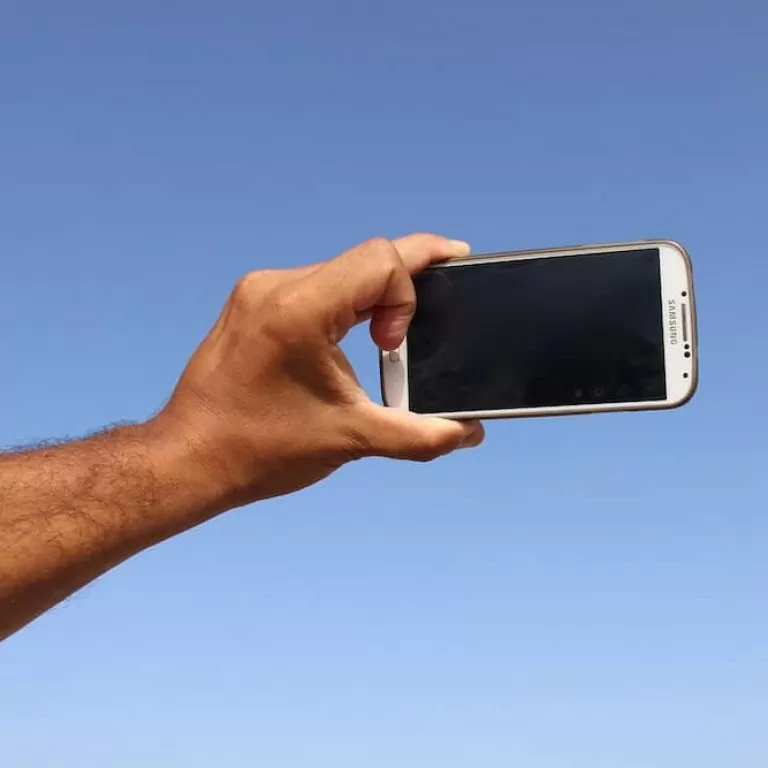
News Evolution of the selfie: a cultural phenomenon – Part I
The selfie: “A photograph that one has taken of oneself, typically one taken with a smartphone or webcam and shared via social media” – Oxford Dictionary
In November 2013, ‘selfie’ was announced by the Oxford English Dictionary as the ‘word of the year’, cementing the mainstream use of this term and its evolution from what began as a niche social media tag.
Its popularity, particularly in Western cultures, continues to grow, bringing with it much speculation about where selfies came from and where they are taking us. With these questions in mind, we have dedicated a double feature to the evolution of this unprecedented photographic phenomenon.
Many consider the selfie to share its roots in older modes of photography but for others, its level of impact on our lives means that it should not be treated simply as the next phase in the history of this medium.
Jerry Saltz, for example, argues that “selfies have their own structural autonomy” changing “aspects of social interaction, body language, self-awareness, privacy, and humor” (sic.) and “altering temporality, irony, and public behaviour.”
Indeed, selfies can take many forms and can be used in various capacities; to communicate, to publicise, to educate and inform, or simply as a means of documenting everyday life. As well as you and I, celebrities, politicians – even religious leaders such as the Pope – are known to use selfies as part of both their personal and professional lives.
But of course, photographs of the self did not begin with the selfie. American pioneer of photography, Robert Cornelius produced a daguerrreotype of himself in 1839, which is known as the one of the first recorded images to feature a person.
So what are the links between this mode of photography and older forms of self-representation?
Self-portraiture versus selfies
In trying to measure the impact of the selfie, many discussions have focused on its relation to more traditional art forms. Essentially the selfie is a form of self-portraiture, a genre that is an established part of the photographic medium.
Saltz argues that selfies can be distinguished from other historic forms of portraiture as they are more spontaneous and more easily adapted to social dialogue and conversation:
Selfies are usually casual, improvised, fast; their primary purpose is to be seen here, now, by other people, most of them unknown, in social networks. They are never accidental: Whether carefully staged or completely casual, any selfie that you see had to be approved by the sender before being embedded into a network.
Others like Hannah Williams , however, have argued, that “no matter the style – expressive, realistic, or abstracted – a portrait is a dialogue between artist and sitter, and the image on the canvas a witnessing of the varying degrees of intimacy in these human conversations.”
Arguably, then, as Williams notes, selfie photography has opened out the opportunity to experiment with “self-seeing and self-representation”, which in itself is simply an extension of portraiture – so “is clearly far from a dying art.”
Who we see and how we see them has certainly changed dramatically because of the selfie.
The celebrity self(ie)
Celebrity culture is now littered with selfies. Unlike previous ages of fame, we now have a front row seat to the lives of the rich and famous. Rather than relying on fan magazines, press releases, and televised interviews, or candid photographs from paparazzi, we can now look to social media platforms like Twitter and Instagram to get even closer to the finer details of star/ celebrity lifestyles.
Now, selfies allow famous individuals to document their own lives and curate their own narratives. This means that we are privy to an uncharacteristically personal insight into the lives of those who are arguably otherwise considered as conservative individuals, like politicians, for example.
The 44th president of the United States, Barack Obama, has embraced social media, with such practices turning him into something of a celebrity as well as a political figure. Indeed, social media in general has transformed how we see these individuals; they appear more human and approachable.
The shifting functions of photography are made quite plain, here; finding its home on social media platforms, the selfie reveals a new kind of presence. We are not only seeing but also communicating, sometimes on a global scale.
Nowadays, the selfie is more like a multi-cultural language than just a photographic mode. But what are the moral and ethical implications of this phenomenon? Read more in part II.